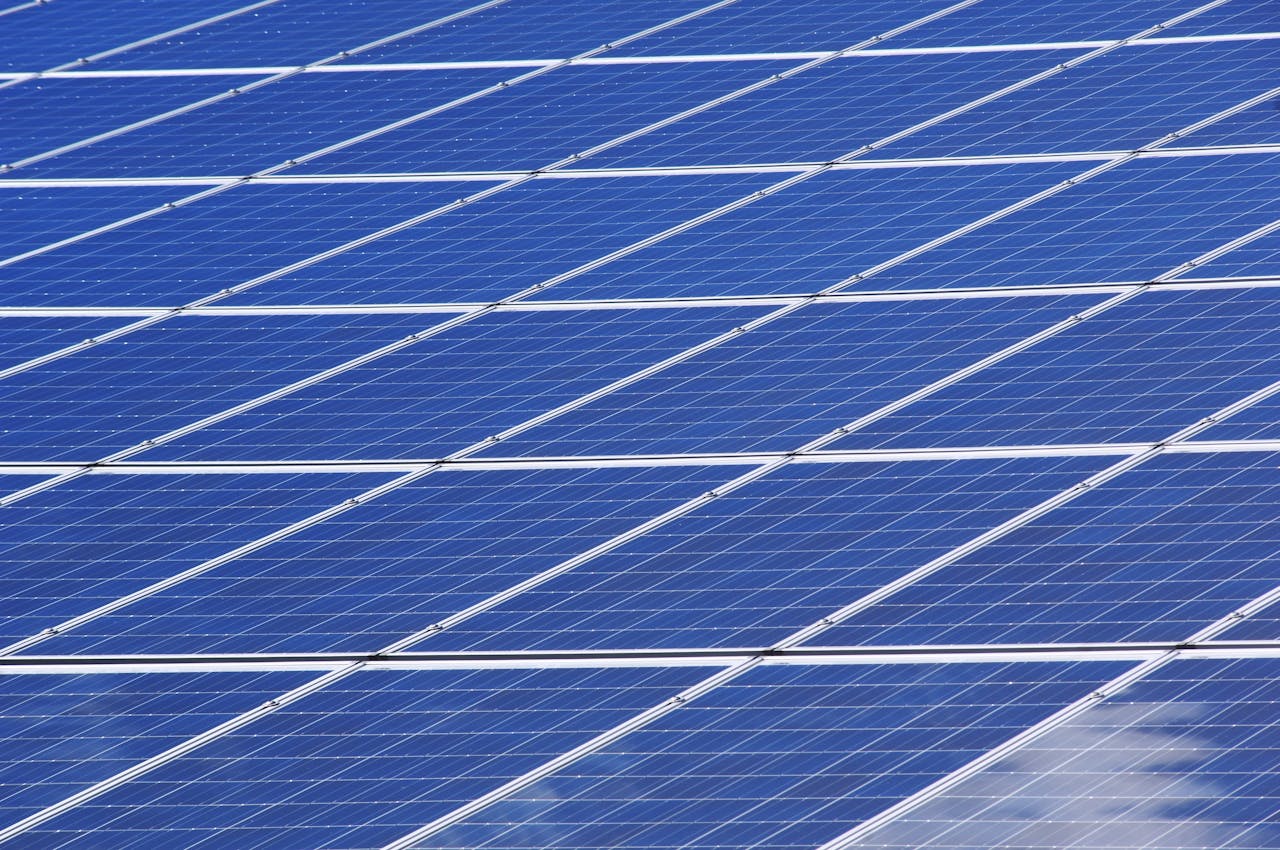
Federal reservoirs in the United States could support floating solar power projects with the capacity to generate enough energy to power approximately 100 million homes annually, according to a new study published in Solar Energy. Researchers from the U.S. Department of Energy National Renewable Energy Laboratory (NREL) in Golden used detailed criteria, such as water depth and temperature, to assess the potential of these reservoirs.
In their most conservative estimates, the study indicates that the reservoirs could host projects with capacities of up to 77,000 megawatts and generate as much as 1,476 terawatt hours of electricity. “That’s a technical potential,” said Evan Rosenlieb, a geospatial scientist at NREL, explaining that this figure represents the maximum energy output if all eligible reservoirs were fully utilized. “We know we’re not going to be able to develop all of this. But even if you could develop 10% of what we identified, that would go a long way.”
While the study shows substantial potential for floating solar power, it does not yet address the impacts of human and wildlife activities on specific reservoirs, a limitation the researchers aim to explore in future work. This study provides more accurate data that could assist developers in planning projects and researchers in evaluating how floating solar technology aligns with the nation’s energy goals.
Floating solar panels offer several benefits; they generate electricity without utilizing land and help reduce water evaporation by shading water bodies. However, according to Aaron Levine, a senior legal and regulatory analyst at NREL, large-scale installations exceeding 10 megawatts have yet to be realized in the U.S.
Previous studies lacked detailed assessments of which water sources are optimal for floating solar installations. Factors such as shipping traffic, water temperature and reservoir depth can affect feasibility. Still, some hydropower reservoirs present ideal locations for hybrid energy systems that combine solar energy with hydropower, potentially offering more reliable energy to the grid.
Future research will consider proximity to transmission lines, development costs, environmental protection and regulatory navigation. The team will also look into additional locations, including smaller reservoirs and ocean sites.
The research was funded by the Solar Energy Technologies Office and the Water Power Technologies Office within DOE’s Office of Energy Efficiency and Renewable Energy (EERE).


